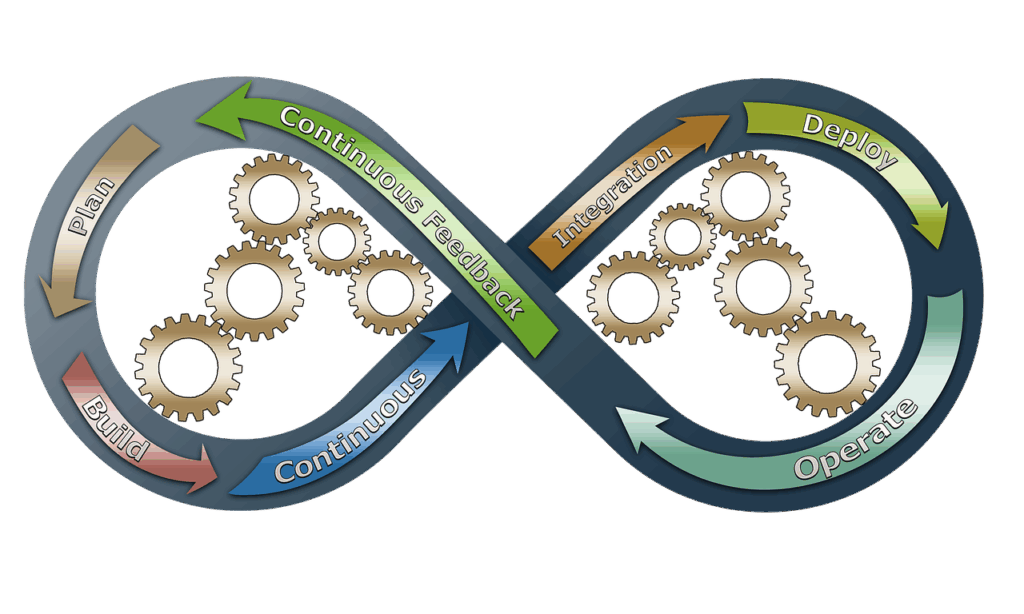Understanding community metrics is crucial for any thriving community. How do you really know if your community is successful? Is it the number of people in your Discord channel? Was the chat blowing up during your last webinar? Is it the number of people in your Discord channel? Was the chat blowing up during your last webinar? Or maybe the gut feeling that things seem “pretty good”?
Spoiler alert: Gut feelings are great for choosing pizza toppings but not so much for growing a community. That’s where metrics come in. They’re not just numbers—they’re your community’s backstage pass to what’s working, what’s flopping, and where your next big opportunity might be hiding. Intrigued? Tracking the right data doesn’t just keep your community afloat—it’s the rocket fuel that transforms it from “meh” to magic.
For tech companies, especially, understanding how to measure community engagement ROI is crucial for proving the business value of community investments.
Let’s dive in and unlock your community’s full potential.
Why Community Metrics Are Essential
Community metrics aren’t just numbers—they’re the heartbeat of your community. They answer questions like:
- Are your members showing up and engaging, or are they ghosting your events?
- What’s that one thing (or event) everyone can’t stop talking about?
- Are you bringing in new faces, or is your onboarding process a revolving door?
Metrics tell the story of your community’s health. A spike in traffic after a webinar? Boom! That topic hit home—time to double down. A dip in engagement after changing your event format? That’s your clue to revisit what worked before. With metrics, you’re not just steering blindly—you’re fine-tuning the engine that powers your community.
Based on Stateshift’s work with 240+ companies, the most successful community leaders track community metrics that directly correlate with business outcomes—user activation, product adoption, and customer retention—not just engagement vanity metrics.
Community metrics allow leaders to see what’s working and where to adjust, ensuring long-term success.
.png)
Overcoming the Fear of Metrics
Let’s be real—metrics can feel like stepping on the scale after the holidays. But here’s the thing: data isn’t here to shame you; it’s here to guide you.
- A low engagement rate? Think of it as feedback from your audience saying, “We’re bored—spice it up!”
- A plateau in membership? That’s your nudge to rethink your outreach.
Remember, metrics are your partners in growth—not your critics. So embrace them, experiment boldly, and celebrate every win (even if it’s just figuring out what doesn’t work).
Remember Jono’s advice: “Iterate to awesome.” Success doesn’t come from avoiding problems but embracing them and finding solutions.

Community Metrics: Building a Data-Driven Mindset
The best community leaders always ask, “What can we learn today?” They’re data detectives, constantly spotting trends and trying new approaches to see what sticks. Ready to adopt that mindset? Start with these three guiding principles:
- Set Realistic Goals:
- Avoid setting arbitrary targets like doubling membership in a year.
- Instead, focus on incremental growth. Rome wasn’t built in a day, and neither is a thriving community. Instead, aim for a 10% increase in monthly traffic or engagement. It’s the small wins that add up to big victories.
- Focus on Trends, Not Vanity Metrics:
- Raw numbers like “500 attendees” might sound impressive, but they’re not the full story. What matters is the why. Are your attendees returning? Is engagement growing month to month? Dig into patterns to uncover what’s really driving success.
- Start Small:
You don’t need a wall of dashboards to begin. Pick a few key metrics that align with your goals and focus on those.- Signups: Consistent growth relative to your baseline is what matters most.
- DAU/MAU (Daily/Monthly Active Users): Aim for a 20% engagement ratio to ensure members are sticking around.
- Traffic Growth: Shoot for 10% monthly increases in visitors.
The Stateshift Evaluate-Hypothesize-Test (EHT) Framework
Think of your community data as a puzzle, and the EHT framework as your cheat sheet for solving it. Here’s how it works:
- Evaluate: Start by identifying key trends or anomalies in your data. For instance, did you notice a sudden spike in activity or a drop in engagement?
- Hypothesize: Consider potential causes. Was it a new feature release, a successful campaign, or an external factor?
- Test: Validate your hypothesis by running similar initiatives and tracking the results. Consistent patterns strengthen your understanding of what drives growth.
For example, if you notice a traffic spike after publishing a blog post about a new feature, test your hypothesis by releasing more feature-focused posts. If similar spikes occur, you’ve identified a winning strategy.

Practical Example: Webinar Optimization
Community events like webinars are excellent opportunities to apply metrics. Let’s break down a webinar funnel with typical benchmarks:
- Ad Clicks: Aim for a 1-2% conversion rate from impressions to clicks.
- Landing Page Registrations: Target a 30% conversion rate from visitors to signups.
- Email Engagement: Strive for 22-24% open rates and 2-4% click-through rates.
- Attendance: Expect 40% of registrants to attend the live event.
- Call-to-Action (CTA): Approximately 10% of attendees should complete your desired action (e.g., signing up for a product or downloading an ebook).
If your webinar performance falls short, use the EHT framework to identify bottlenecks and make adjustments. For instance:
- If attendance is low, improve reminder emails and add calendar invites.
- If registrations are low, optimize your landing page with compelling value propositions and social proof.
Turning Insights Into Growth
Community engagement metrics aren’t just about tracking; they’re about action. Use insights to drive continuous improvement:
- Monitor engagement trends to understand what resonates with your audience.
- Test new approaches, such as interactive formats or targeted campaigns.
- Celebrate small wins, like a 5% increase in signups or a successful content piece that drives traffic.
The key is to embrace a mindset of experimentation and learning. Community building is a marathon, not a sprint.
Key takeaway
Progress Over Perfection – Metrics aren’t about perfection; they’re about progress. Start by tracking a single metric and build from there. Over time, you’ll refine your approach and uncover valuable insights to grow your community.
Take the Next Step with Stateshift
At Stateshift, we help companies track community engagement metrics and measure ROI. Whether you’re just starting or looking to optimize, our proven frameworks can help you connect community metrics to business outcomes.
Ready to unlock the power of metrics? Stateshift specializes in helping tech companies build communities that drive measurable product adoption and business growth.
Request a free call to learn how we can help you build thriving, data-driven communities.
FAQ: Community Metrics and ROI
How do you measure community engagement ROI for tech products?
Focus on metrics that tie to business outcomes: user activation rates, feature adoption correlation, and retention improvements among community-engaged users. Track how community participation translates to product usage and customer lifetime value.
What metrics matter most for developer communities?
Monitor active contribution rates, peer-to-peer support ratios, and product integration success rates. Stateshift’s research shows that developer communities driving product adoption focus on usage depth rather than engagement volume.





